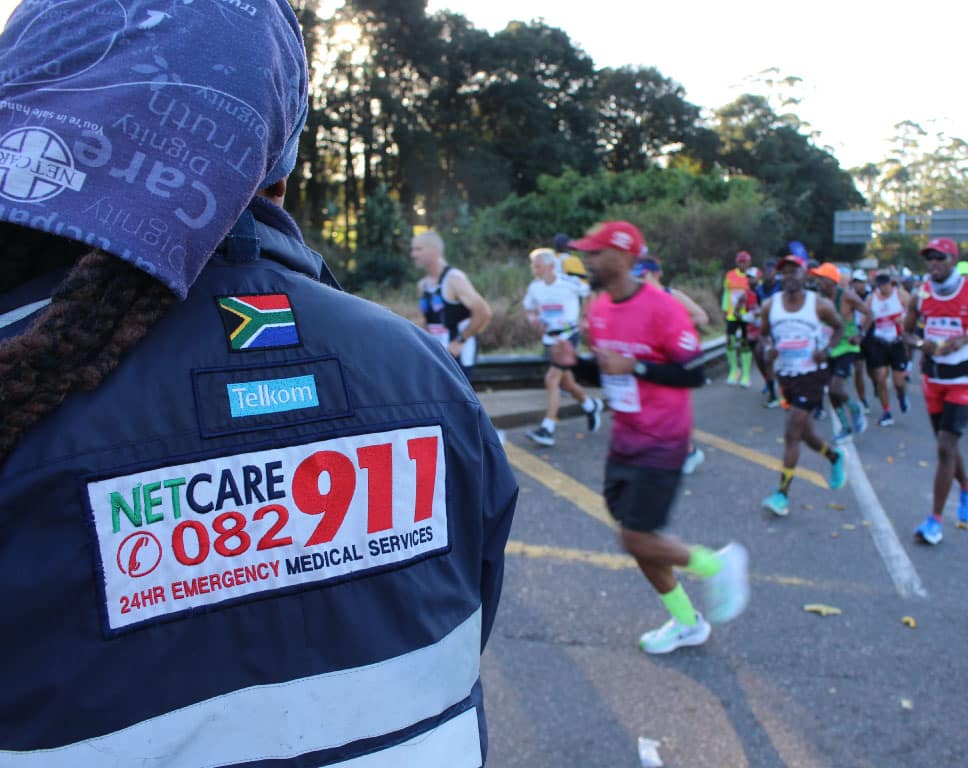When active individuals get sick, it can seem tempting to keep training as normal so that you don’t lose any fitness.
To determine if you can or should train when you start with those sniffles, it’s important to determine if it’s a cold or the flu.
Discern winter diseases
Both the common cold and the flu (or influenza) are caused by viruses, but they vary in their symptoms and severity.
All viruses invade living cells, where it propagates (increases in number) and then spreads throughout the body.
The common cold, which consists of over 200 viruses, generally invades and infects the upper respiratory tract – the nose and throat – while the flu generally infects the entire respiratory system, including the air passages (bronchioles) and lungs.
Cold vs flu symptoms
While both infections are highly contagious and attack your respiratory system, the seasonal flu virus presents with more severe symptoms than the common cold.
Flu symptoms can include fever or chills, a cough, sore throat, runny or stuffy nose, muscle or body aches, headaches and fatigue.
The National Institute for Communicable Diseases (NICD) explains that symptoms can range from mild to severe, but there are often no specific public health interventions required for patients infected with certain strains. However, some flu patients may require medical attention, especially those with underlying health problems such as cardiovascular conditions.
Cold symptoms are usually milder, with sufferers more likely to have a sore throat initially, with a runny or stuffy nose, but seldom have a fever.
You can also pick up certain infections from pathogenic bacteria like strep throat, which are less common, but you can also get secondary bacterial infections following a viral infection due to the congestion and respiratory inflammation caused by conditions like bronchitis. You can effectively treat a bacterial infection with a course of antibiotics.
The health risks
The major concern is that training during periods when your body is already fighting an infection adds additional stress, especially to your immune system. And the converse also applies – heavy training loads place heightened recovery demands on the immune system, which is why we often get sick before a major event or race.
While general advice is to err on the side of caution, recommendations can vary based on certain factors and individual cases and circumstances.
A common suggestion is to first conduct a “neck check”. This means that if symptoms are above your neck and you aren’t suffering from a fever, then you may engage in mild exercise, but do so cautiously.
However, if symptoms present below your neck, then it is best to take a break. In other words, a mild head cold, sore throat and sneezing may not be a problem, but a fever, chest infection, cough or body aches and pains signal it’s time to stop training.
Certain flu strains virus can also cause myocarditis (inflammation of the heart wall), which can cause heart issues and even result in sudden death. As such, exercising with the flu is not recommended, regardless of its intensity.
Of course, training with a head cold could compromise your immune system or cause the infection to spread to your lungs. That’s why it is probably best to seek treatment and rest early on in the infection cycle, otherwise, you could prolong your time off from exercise.
Prevention better than cure
However, there is no cure for a cold or flu – it’s up to your immune system to fight it as you treat the symptoms. Your best bet is to prevent contracting a cold or flu through enhanced immunity with a flu shot from your local Dis-Chem Pharmacy and with proactive preventative measures.
The best way to prevent contracting either illness is through social distancing during infectious periods such as winter and with immaculate personal hygiene.
Follow these measures to lower your infection risk:
- Wash your hands: Most infections are picked up from the infected surfaces you touch with your hands, which you then transfer to your nose or mouth where the virus can enter your respiratory system. So wash your hands often with soap and water or use a hand sanitiser.
- Sanitise surfaces: Wipe down or sanitise communal surfaces before touching them. These could include door handles, shopping trolleys, office coffee machines, handrails or gym equipment.
- Minimise human contact: Most infections are transferred between people when they touch by shaking hands, kissing or when an infected person coughs or sneezes near them, so keep your distance.
- Avoid face contact: Don’t touch your face until you’ve had a chance to wash or disinfect your hands with sanitiser.
- Boost your immunity: A strong immune system is vital to detect and kill off any infection as it enters your system and has time to take hold. This requires a wholesome diet, nutritional support from immune-boosting supplements, regular exercise and stress management (read more about all of these elements in this issue).















